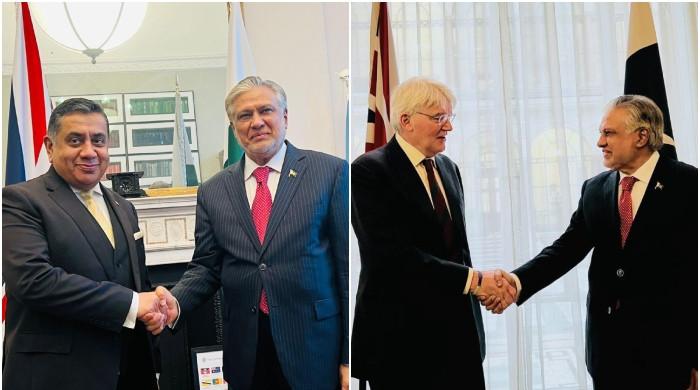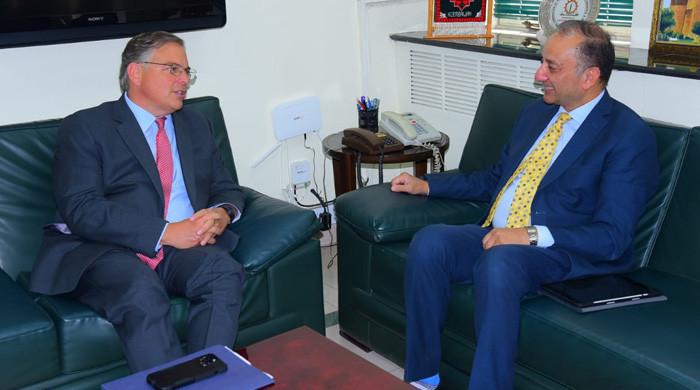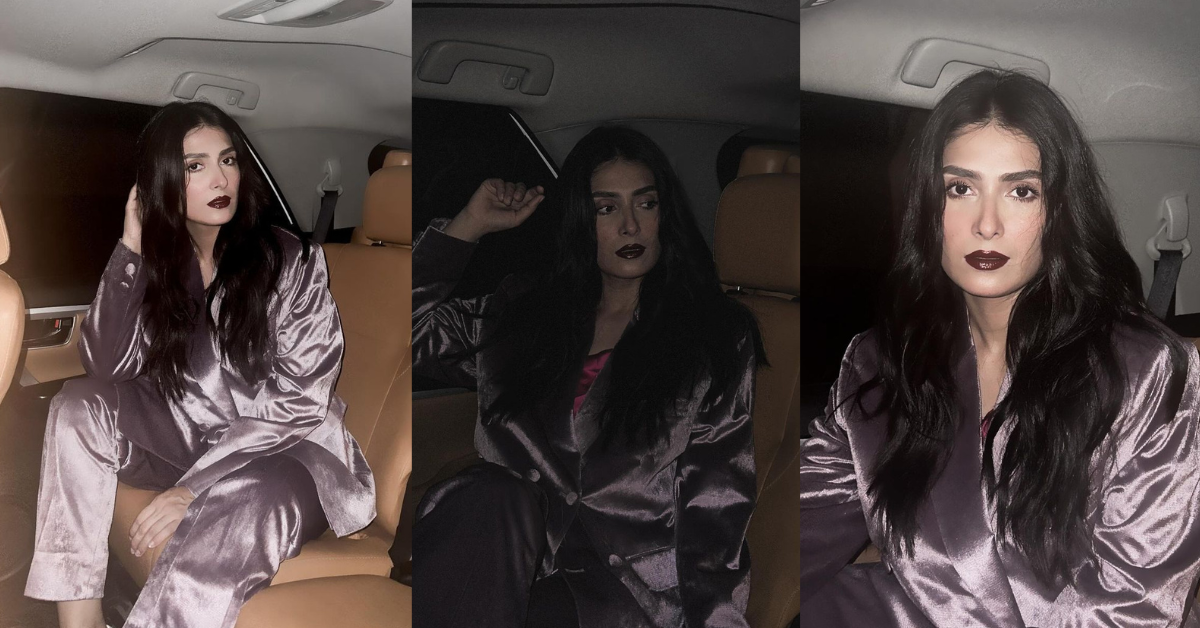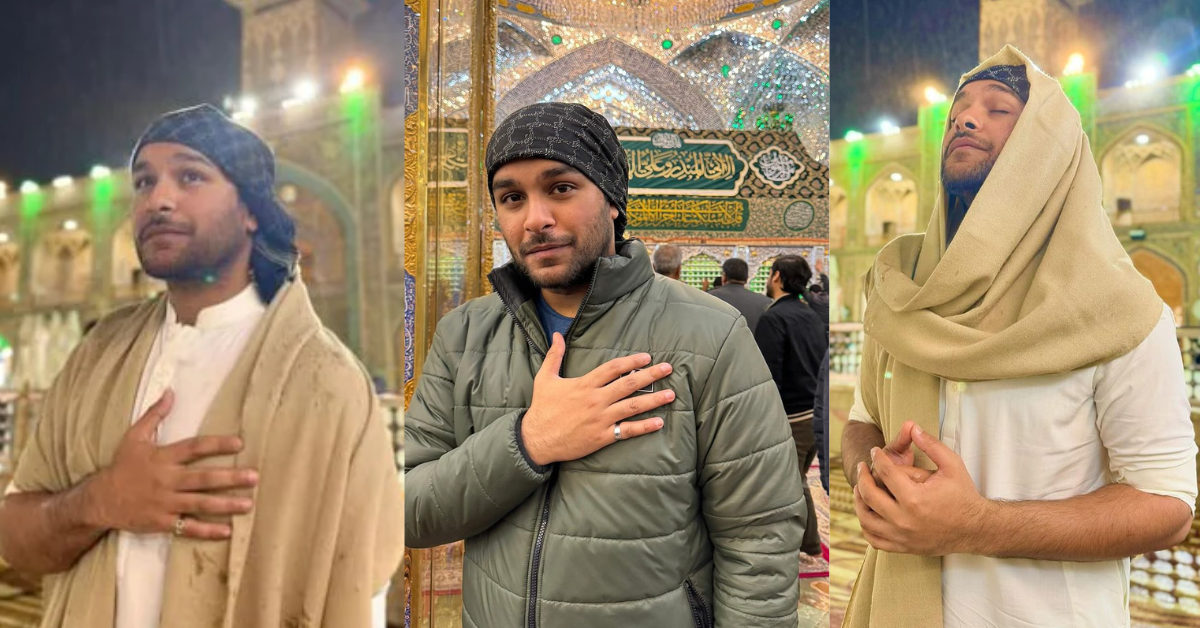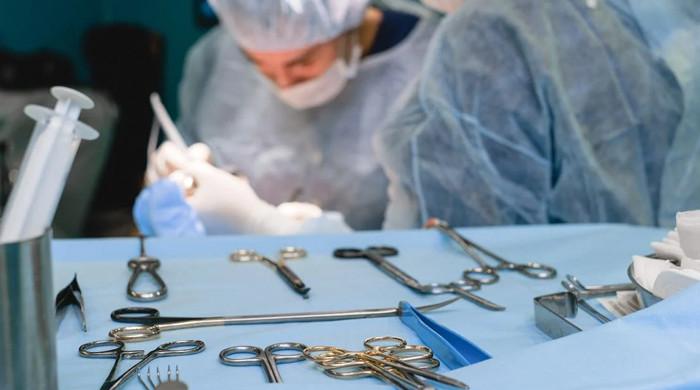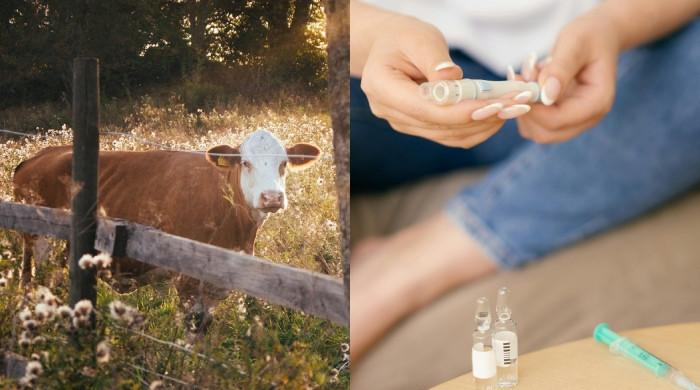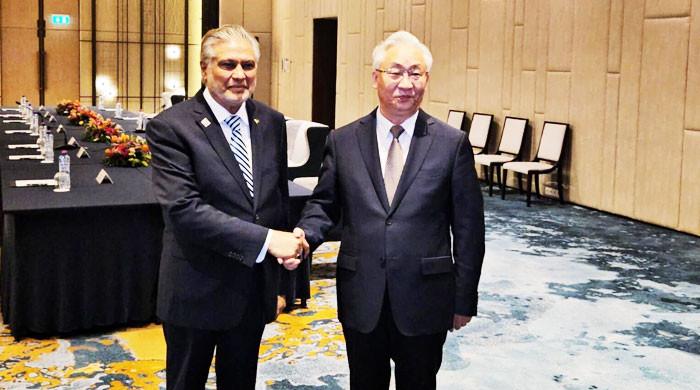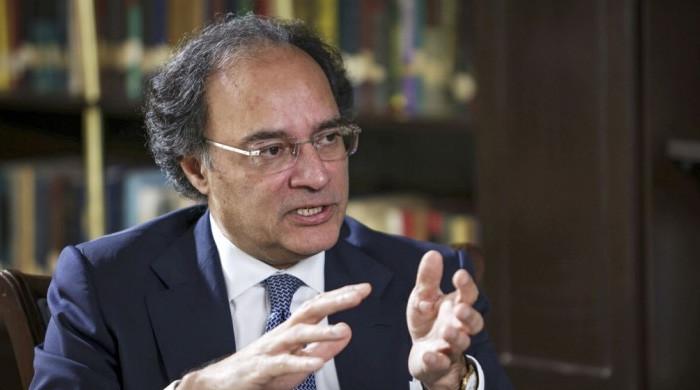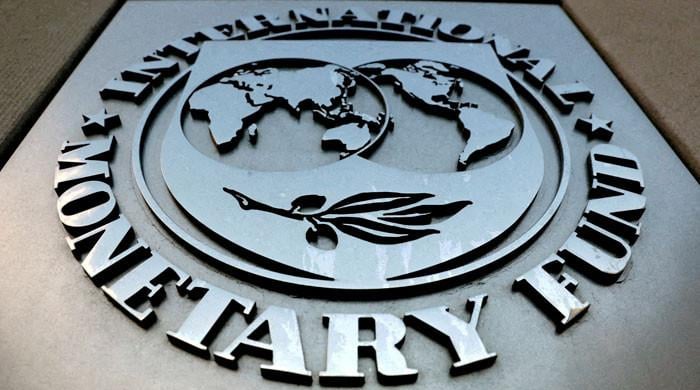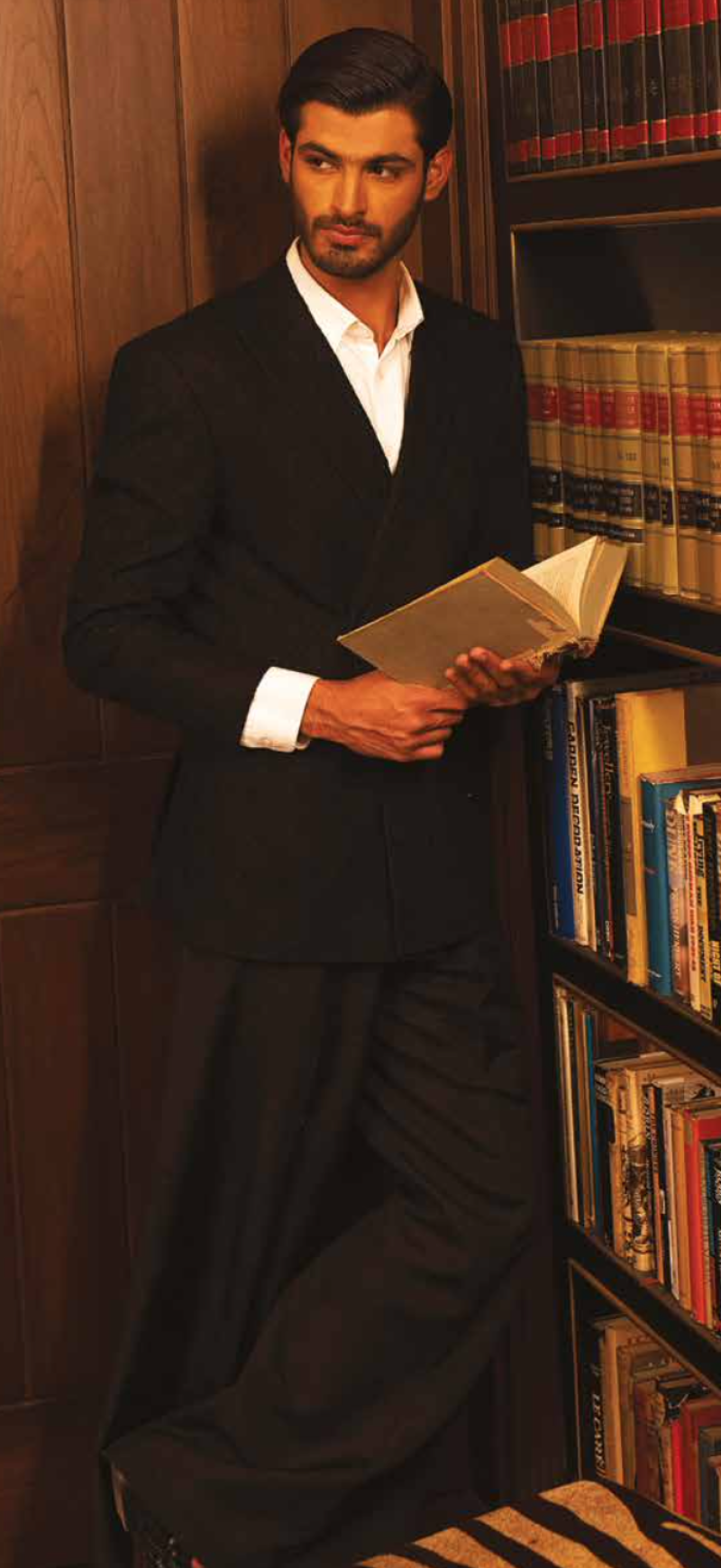[ad_1]
Patricia Caulfield, who during her time as a top editor at Modern Photography magazine in the 1960s successfully sued Andy Warhol for misappropriating a picture she made of hibiscus blossoms, then left the publication to become an acclaimed nature photographer, died on July 16 in Manhattan. She was 91.
Her death, at an assisted living facility, was confirmed by her sister, Kathleen Hall, her only immediate survivor.
After about a decade at Modern Photography, Ms. Caulfield became its executive editor in about 1964. Her photo of an arrangement of blossoms taken in Barbados appeared with an article in the June issue that year.
Warhol soon called the magazine wanting to buy the photo but felt the price was too high. According to the lawsuit, which Ms. Caulfield filed in November 1966, he then clipped the picture from the magazine, cropped it and produced silk screen paintings from it for what became his “Flowers” series, first shown at the Leo Castelli Gallery in Manhattan in November 1964.
“He didn’t think it would be a big thing, but ‘Flowers’ sold like crazy,” Ms. Hall said in a phone interview.
As part of a settlement that Ms. Caulfield and Warhol eventually reached, he created two new “Flowers” paintings for her (the Castelli gallery would sell them for $6,000) and agreed to pay her a 25 percent share of the royalties derived from a portfolio of “Flowers” prints.
She left Modern Photography in 1967, inspired in part by an article she had written about the nature photographer Eliot Porter and by an article in The New York Times about a drought in the Everglades. It was the beginning of a freelance career, one that did not earn her much money but fulfilled her as a photojournalist whose images reflected her growing interest in wildlife and the environment.
“I guess there’s the hope somebody may see my photographs and think, ‘that’s a wonderful animal, maybe it’s worth making an effort to save,’” she told the Knight-Ridder News Wire in 1977. “But at least I’m effective in making a record of something before it all gets ruined.”
She began making trips to the Everglades in the late 1960s. One picture shows an alligator, illuminated by Ms. Caulfield, with its mouth open and framed by tall grass. Another is of a snail climbing a tree.
Her book “The Everglades” (1970) presented 66 of her photographs and was accompanied by selections from the work of the writer and naturalist Peter Matthiessen and an essay by John G. Mitchell, the editor in chief of the Sierra Club, which published the book.
Reviewing the book for The Miami Herald, John Pennekamp, a columnist and Everglades conservationist, called the photographs “extraordinary” and wrote that its big appeal is “the unusual circumstances under which the pictures must have been made.”
Patricia Marie Caulfield was born on March 17, 1932, in Chicago. Her family moved to New Hempton, Iowa, when she was in the second grade. Her father, John, was an ear, nose and throat doctor. Her mother, Marie (Schilling) Caulfield, was a nurse.
“As a child, I was very animal-oriented,” Ms. Caulfield said in an interview in 1978 with Backpacker magazine, which called her “probably the most successful female nature photographer in the country.” She added, “I had a secret image — a jungle girl — and I wasn’t happy in Iowa farm country.”
She studied English and history at the University of Rochester, where she appeared on a television show in which the host, Beaumont Newhall, the curator of the George Eastman House (now Museum), also in Rochester, taught her the basics of photography.
After graduating in 1953 with a bachelor’s degree, she moved to San Francisco, where she took photography courses at night at the Patri School of Art Fundamentals and worked in a camera store during the day. Her interest in photojournalism prompted her move to New York City, where Modern Photography hired her as a secretary.
Ms. Caulfield rose though the magazine’s ranks over 11 years or so until being named executive editor. She was succeeded by Julia Scully, who died last month.
Ms. Caulfield’s travels, for Modern Photography and other publications, took her to Cambodia, the Galápagos Islands, Suriname, Guatemala, India, the Grand Canyon and the Ocklawaha River in Florida. Her work also appeared in the magazines National Geographic, Audubon, Smithsonian, Nikon World, Natural History and The American Sportsman.
Her other books include “Photographing Wildlife: Techniques for Portraying Animals in Natural Habitats” (1988) and “Capturing the Landscape With Your Camera: Techniques for Photographing Vistas and Closeups in Nature” (1967).
She recently donated her photographic archive to the Dolph Briscoe Center for American History at the University of Texas at Austin.
“She captured the Everglades at a point that we may never know it again,” Newell Turner, a friend, said in a phone interview. He added, “It was pretty radical, as a woman at that time, to get deeply into the community of alligator hunters.”
Ms. Caulfield moved away from publishing photographs in the late 1980s, feeling “a lack of a support system in the field, especially as a woman,” according to her Briscoe Center biography. She enrolled at the City University of New York Graduate Center, where she spent about a decade studying biology but did not finish her Ph.D.
“She wasn’t necessarily pursuing a degree,” Mr. Turner said. “She was studying because it was her passion.”
Through nearly all her career, she was a woman in a man’s world.
“Most of the people in the field are men, and they think women shouldn’t be doing what I’m doing,” Ms. Caulfield told Backpacker. “That’s an obstacle.”
[ad_2]
Source link







